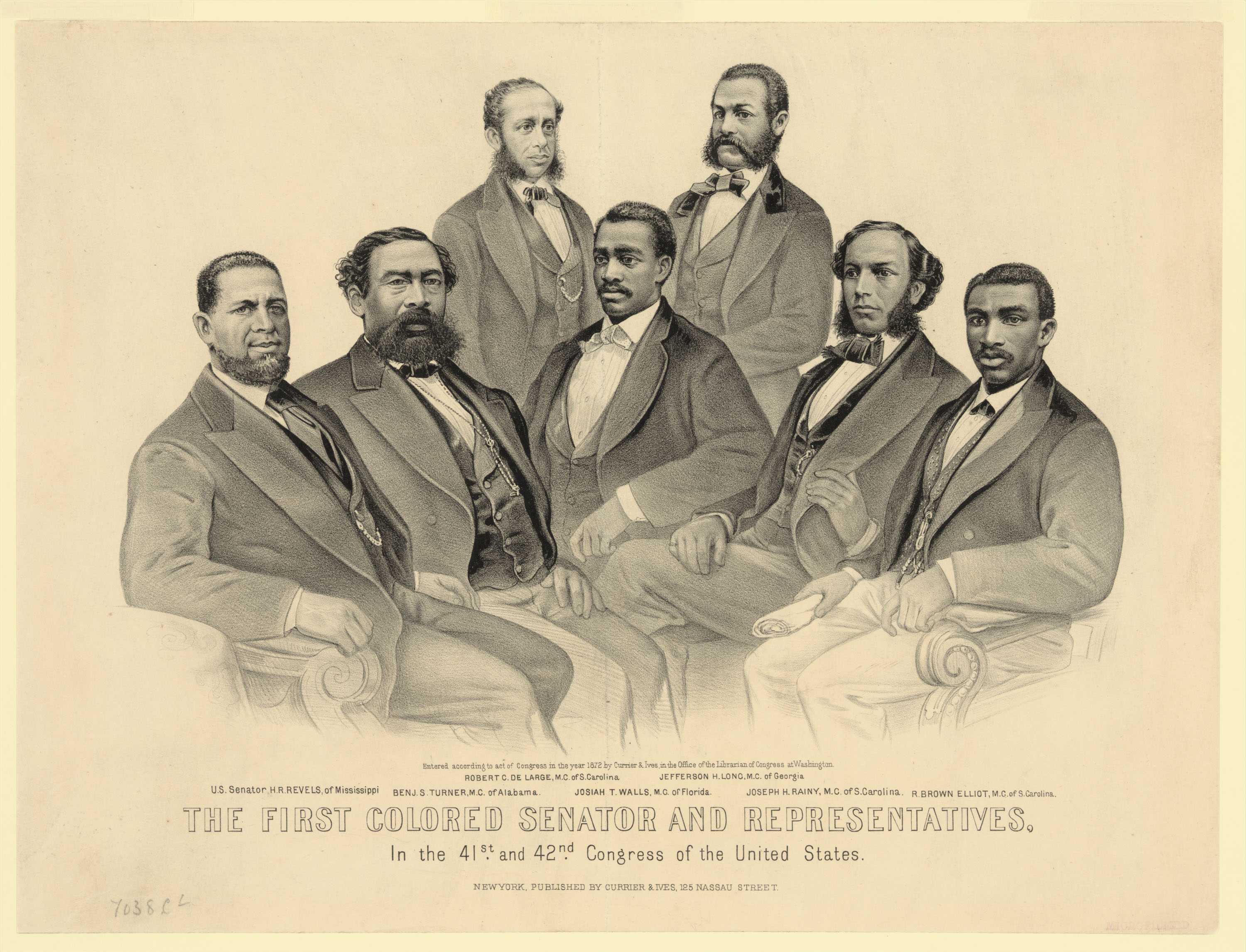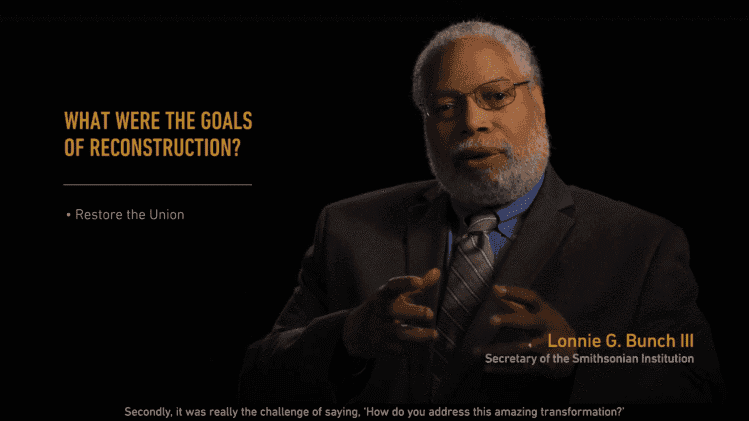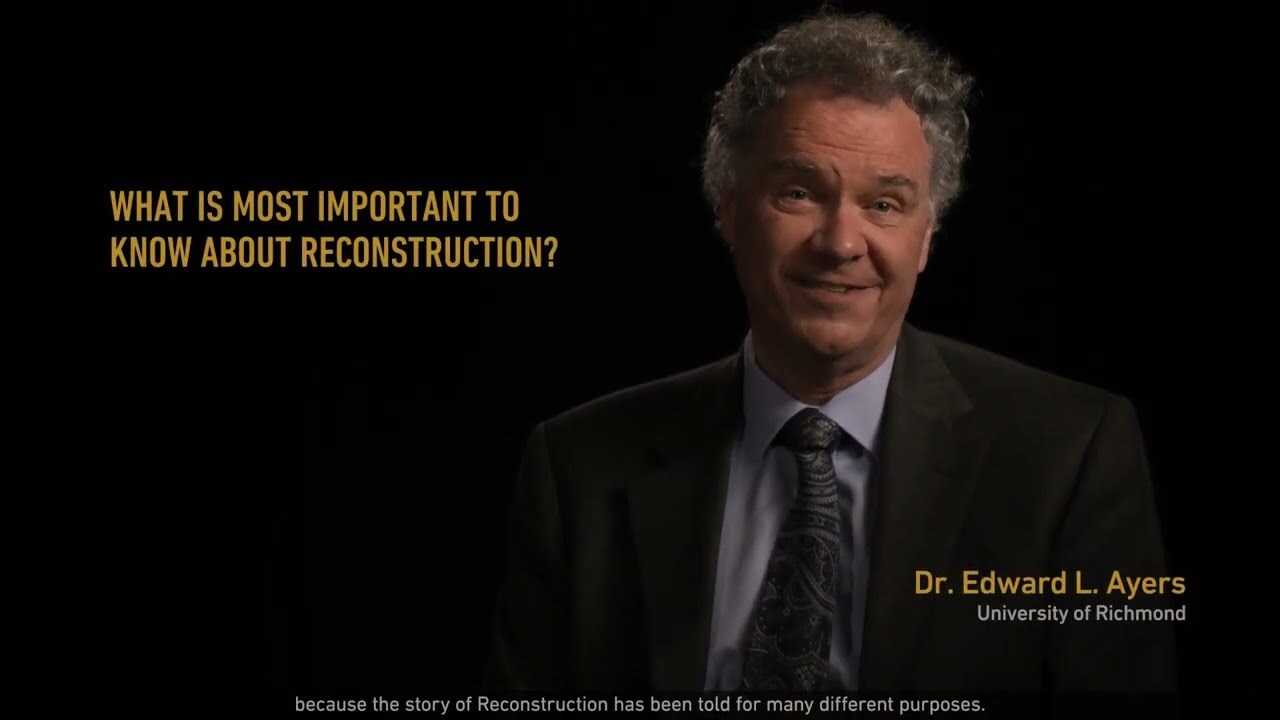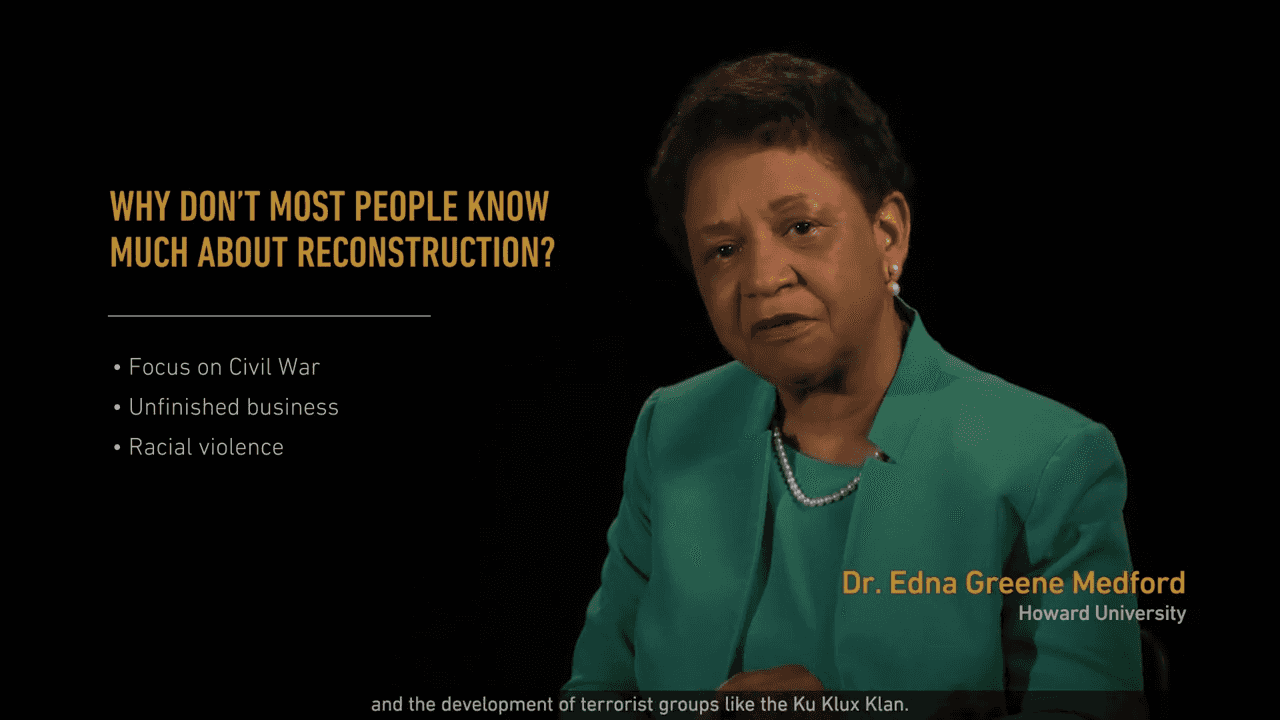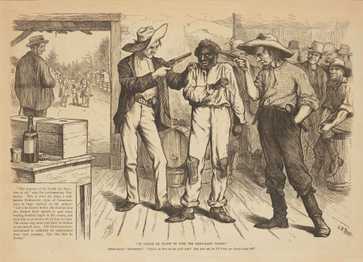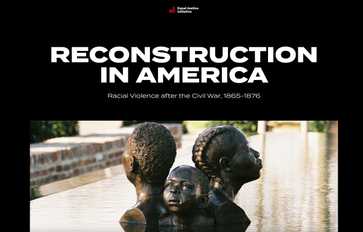
MAKE GOOD
THE PROMISES
Reconstruction and Its Legacies
The United States emerged from the Civil War fundamentally changed.
For the first time, slavery did not legally exist within its borders. What this meant was the question before the nation.

Would four million newly freed people truly be free to determine their own lives?
Would the nation’s founding promises of liberty, equality, and justice be realized for all people, regardless of race?
These were the questions of Reconstruction.
They remain the challenges of today.

Why Reconstruction Matters
Unidentified African American soldier in Union uniform with wife and two daughters
Reconstruction—the period following the Civil War—was a revolutionary moment in the nation’s history. For the first time, African Americans were recognized by the U.S. government as equal citizens. But due to white resistance, Reconstruction’s promise of racial equality was not fulfilled. Instead of full citizenship rights, African Americans experienced decades of discrimination, segregation, and terrorism.

Reconstruction is often overlooked or misunderstood.
Many Americans do not know much about what happened in the years after the end of the Civil War. In the videos below, scholars Edward L. Ayers, Lonnie G. Bunch III, and Edna Greene Medford answer four key questions and reflect on why Reconstruction matters today.


Interactive Timeline
Reconstructing America: 1861–1896
The traditionally defined time frame for Reconstruction is 1865 to 1877. For this timeline, we take a broader view to see how the struggles over citizenship and national identity developed before, during, and beyond Reconstruction. We begin in 1861 with the arrival of formerly enslaved freedom seekers at Fort Monroe, Virginia, and end in 1896 with the Plessy v. Ferguson Supreme Court decision, which made second-class citizenship for African Americans the norm for more than 50 years.
